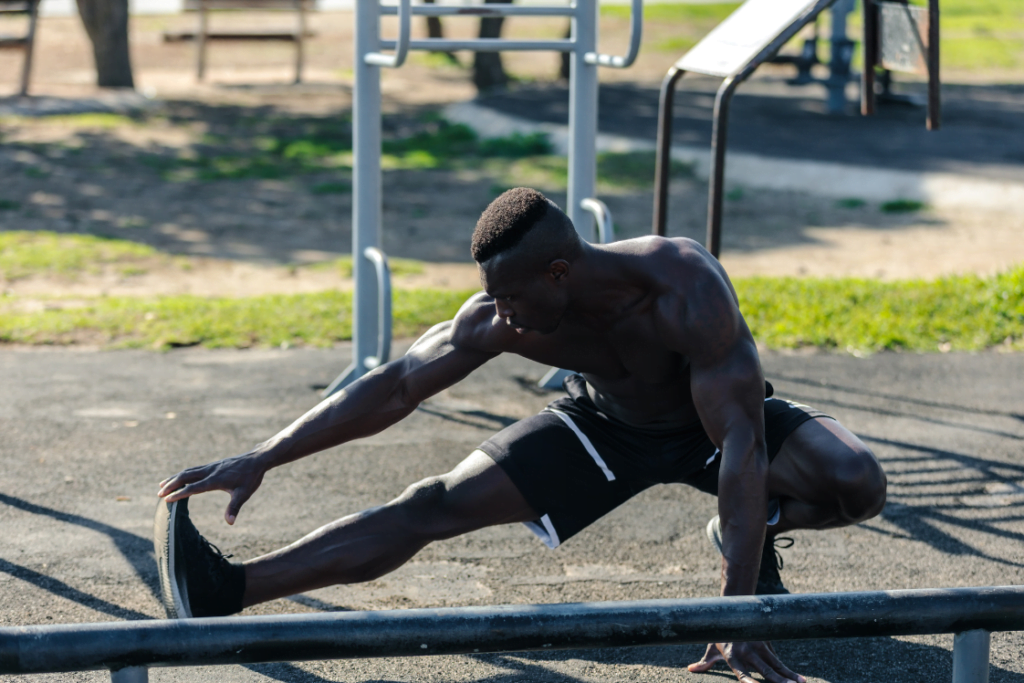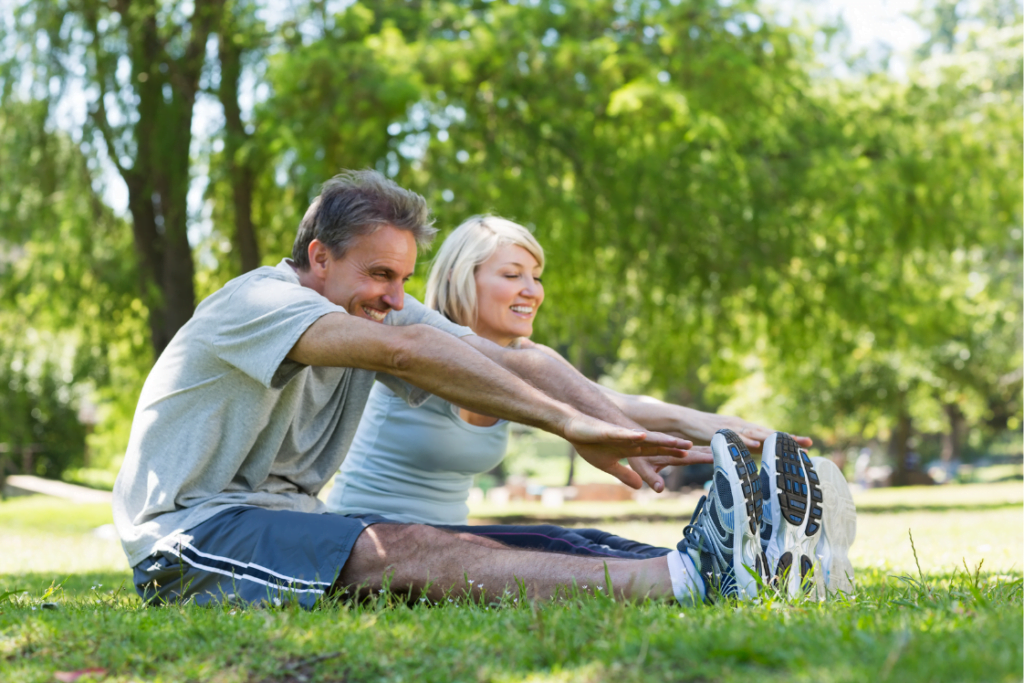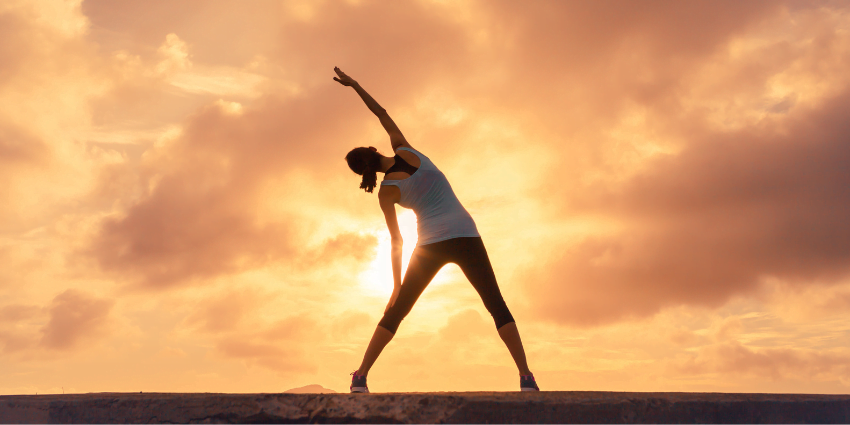The importance of stretching
You may think that the stretching are only practiced by runners or gymnasts. But we all need to stretch in order to preserve our mobility and our independence. Many people do not understand that stretching should be practiced regularly. They should be daily.
Simply building muscle and achieving good aerobic fitness is not enough to achieve good physical fitness. You also need to think about your flexibility. And this is where stretching plays its role.
Summary
Why stretching is important ?
Stretching allows muscles to stay flexible, strong and healthy, and we need this flexibility to maintain therange of motion of our joints. Without it, muscles shorten and contract. Then, when you call upon them for an activity, they are weak and unable to fully extend. You then risk suffering from joint pain, strains and muscle injuries.
For example, sitting in a chair all day causes the hamstring muscles in the back of the thigh to tighten. It may then be more difficult to straighten the leg or fully straighten the knee, making it difficult to walk. Likewise, when tight muscles are suddenly called upon for an intense activity that stretches them, such as playing football, they can be damaged by this sudden stretch. Damaged muscles may not be strong enough to support the joints, which can lead to joint damage.

Stretching regular allow the muscles to remain long, thin and supple, which means that the effort will not exert too much force on the muscle itself. Healthy muscles will also help a person with balance problems avoid falls.
Stretching also has its importance onmental aspect. They can help reduce stress and anxiety, increasing muscle relaxation and promoting a feeling of general well-being. Stretching can also improve concentration and mental recovery, allowing muscles and joints to relax after intense physical or mental activity.
Where to start ?
With a body full of muscles, the idea of stretch daily may seem insurmountable. However, it is not necessary to stretch every muscle in the body. The critical areas for mobility are in the lower extremities: the calves, hamstrings, hip flexors in the pelvis, and quadriceps in the front of the thigh. Shoulder, neck, and lower back stretches are also beneficial. Aim for a daily stretching routine or at least three or four times a week to achieve good results.
Find a physical therapist who can assess your muscle strength and tailor a stretching program to your needs. If you suffer from a chronic illness, it is best to discuss it with your doctor or fitness trainer before starting a new stretching program.
The cumulative effect of stretching
Stretching once today won't magically give you perfect flexibility. You will need to do this over time and stay committed to the process. It may have taken you several months to have tight muscles, so you won't be perfectly flexible after one or two sessions. It's the same principle when we do massage, it is often necessary to do several sessions to obtain a satisfactory result. It is necessary to weeks or even months to become flexible, and you will need to continue working on it to maintain your newly acquired flexibility. Diligence and patience will be your companions!

A hamstring stretch will keep the muscles in the back of your thigh flexible. Sit on the floor with your legs in front of you. Slide your hands down your legs until you feel a burning sensation. Hold the position for 30 seconds, then slowly return to a seated position.
Correct execution
Stretching muscles before they are warmed up can injure them. In fact, when muscles are cold, the fibers are not prepared and can be damaged. If you exercise first, blood flows to the affected area, making the tissues softer and easier to work with. For warm up the muscles before stretching, all it takes is five to ten minutes of light activity, such as a brisk walk. You can also stretch after a fitness or swimming session.
Hold a stretch for 30 seconds. Do not jump, which may cause injury. You should feel a slight tension during the stretch which tells you that the muscle is working, but you should not feel any pain. If so, either the intensity of your stretch is too strong or there may be injury or damage to the muscle tissue being worked. It will therefore be better to reduce the intensity or stop stretching this muscle.
The advice given in this article is for informational purposes and does not replace the advice of your doctor.
To learn more about the subject, I invite you to consult the following articles:
- 21 stretching exercises for better flexibility for stretchingwhole body ;
- Relieve lumbago with yoga for those who suffer from lower back pain ;
- How to relieve knee pain? for specific stretching knee pain.
Take care of yourself 🙏🏼
Share this article with your loved ones and friends 🙂

